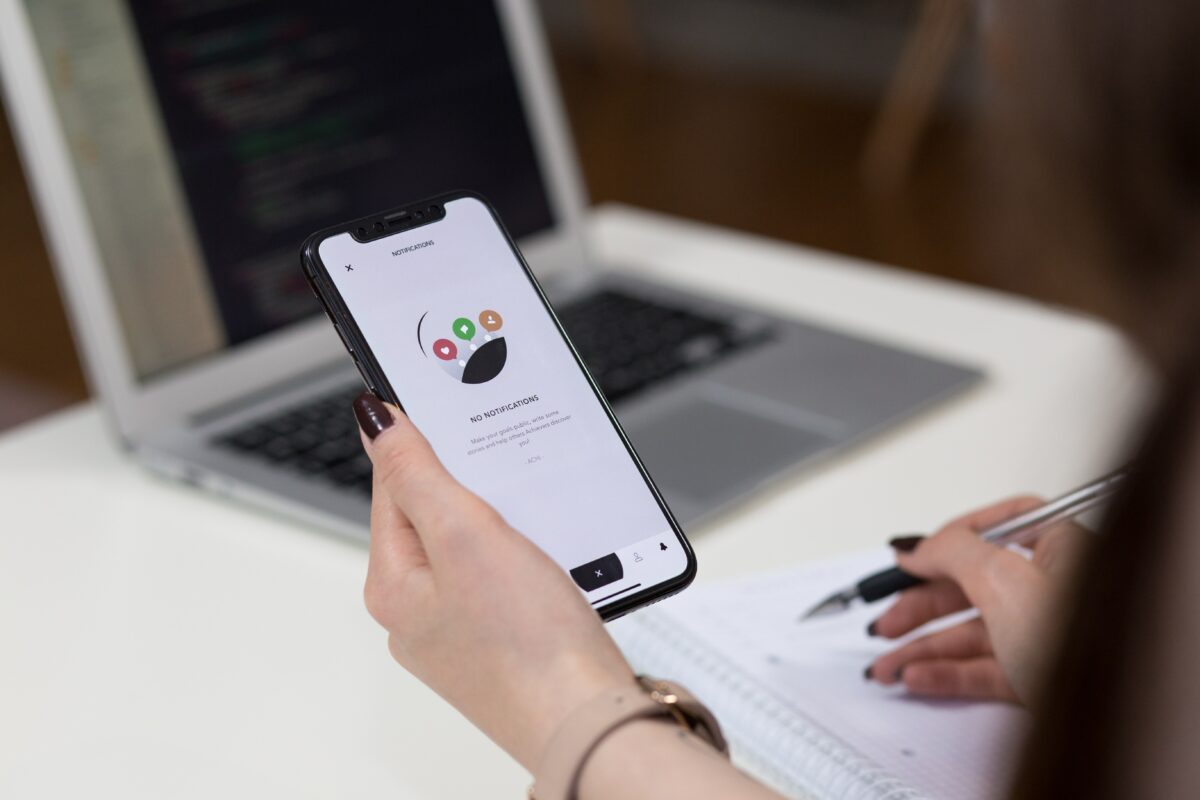Mobile phones have transcended far beyond the devices of old that allowed simple phone calls. Since the launch and mass adoption of the smartphone, we are hyperconnected via many different platforms and services. Having a presence on these mobile devices is essential if you want to be considered a serious player in your market.
Creating an app is the very start of a long process of gaining penetration into the mobile space, however, as users are very sensitive to the way their apps perform, run and how easy they are to use. A high degree of testing is necessary to ensure users install and keep using your app.
Let’s have a quick look at the different types of testing for your mobile app and why each one is important.
Post Contents
Installation Testing
The very first thing new users of your app will do is install it to their device, and thus the installation process is more important than is often given credence to it. Installation testing is simply the testing that the app installs correctly, as well as uninstalls correctly on all the platforms, operating systems and devices that it would be intended to run on. This testing would often cover user environment factors to check on how the app responds if certain conditions are encountered.
How will the app behave if the user’s phone memory is full or the SD card installed in the device should be used for installation?
Does the app only use the space you report it should use, or is it using less or more? What about when you uninstall it – will it free up all the space it was using? These are the questions that installation testing will answer.
Compatibility Testing
While some hardware platforms, like the Apple iOS platform, are quite rigid and only implemented on a very specific set of devices that are carefully controlled, more open platforms like Android have much less manufacturer control. This means that your app should go through thorough manual testing for compatibility on as many devices and operating system versions as possible.
This type of functional testing can often take a long time to complete, so you might want to outsource it to a company like Global App Testing. Global App Testing have more on manual testing over at their website which is worth a read if you’re going through this process.
Interruption Testing
Your app is going to face a huge number of interruptions during daily use. Some of these will be expected behavior and others will be unexpected. Interruptions might come in the form of a phone call or a low battery warning or a loss of signal from WI-FI or the cellular provider.
If a user is working on a document and the operating system on their phone suddenly updates, will your app recover their data and document? What if they use a VPN to connect to a business service and the connection drops? Being able to recover and continue running from these types of interruptions should be rigorously tested during the QA phase.
Localization Testing
Localization is a very important step if your app is going to be used in more than one market or location. It transcends just translation of language and targets nuanced user interactions and preferences. Consider creating a web browser and having it use Google as it’s default search engine no matter the location of use. What if it is used in China where Google may be banned?
Being able to cater to each location’s specific preferences and needs will greatly increase the chances of your app being a success, and knowing what and how to test localization is another important step to take before releasing your app in multiple markets.
Usability Testing
Arguably the most important step in all of the app QA and testing process is usability testing. It’s a measure of how user friendly it is to actually use and interact with. It checks how easily users can find the navigation paths through your app to reach their goals. It’s a holistic look at the app and everything about the interface the user will interact with – from the design and layout to how it makes users feel while they’re using it.
Conformance Testing
Conformance testing, also sometimes referred to as compliance testing, will test your app against the policies of its intended market. This might be to ensure it conforms to the app policies of the device’s app store, or to enterprise or company policies if you’re designing bespoke software.
Consider this a check that all the legal and policies that govern the app are complied with. This might be a local privacy policy or data collection policy, or it might be a compliance with the app store’s policy on accepting payments through the app. Often the platform app store will have quite strict policies on many different aspects of your app and testing that it conforms to these policies is like a seal of approval.
Conformance testing is often on the last steps before an app is published for download by your customers or users.
Performance Testing
Performance testing is rather self-explanatory, but no less important. If your app performs badly or encounters slowdowns and crashes while in use, it’s not going to be very popular with those who have to use it. If it is inefficient with the amount of data it consumes during use and costs the user a fortune in data fees to use, that is going to negatively affect the opinions of the app too.
Your app’s quality is a direct reflection on your ability to provide a good quality product or a top-class service, and that’s why rigorous and holistic testing is necessary before releasing your new or updated app to the market. If your app is cumbersome to use, doesn’t have a degree of localization to the user’s market, or is full of bugs and crashes constantly, users aren’t going to use it for very long and it’ll soon be removed from their device.
This could harm your reputation as a brand or business. Consider ensuring all aspects of your app are well tested and you stand a better chance of success.






























